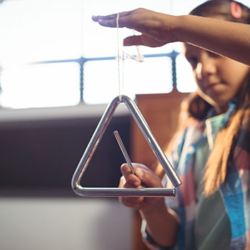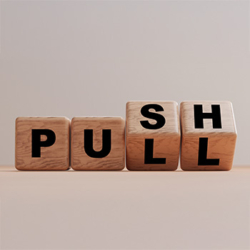
Elementary: Have your kids figure out what supplies are needed for a lemonade stand. Help them come up with at least the following list: cups, lemonade mix, water, napkins, signs. If they think of more, great!
Now help them determine how much the supplies will cost (expenses). Remember, you want them to come up with as much as they can on their own. If your kid has access to Google, there’s not much they can’t find out.
Now have them determine how much income they think they will need overall (given their determined expenses)?
Divide the number they came up with for income by the number of cups they intend to sell. Your answer would be the “price per cup” needed. Is this too high of a price? Could they charge more? What if no one buys at the price needed?
Fun factor: Actually execute a real Lemonade Stand on your street! The lessons learned are priceless, I assure you.
Ask these questions:
What happens if expenses exceed income? How would that make you feel emotionally?
What happens if income exceeds expenses? How would that make you feel emotionally?
 Middle School: Have your kids figure out what supplies are needed for a lemonade stand. Help them come up with at least the following list: cups, lemonade mix, water, napkins, signs. If they think of more, great!
Middle School: Have your kids figure out what supplies are needed for a lemonade stand. Help them come up with at least the following list: cups, lemonade mix, water, napkins, signs. If they think of more, great!
Now help them determine how many they need of each and what the cost is of each category (i.e. 100 Solo cups is $6.50). Determine a goal for number of cups sold. Then determine expense per glass based on the goal.
Now you can determine a price to charge per cup. How much margin is enough? What makes it worth the effort?
Ask these questions:
What happens if expenses exceed income? How does it make you feel emotionally?
What happens if income exceeds expenses? How does it make you feel emotionally?
Teen: Let them know that a Lemonade Stand is an easy exercise to understand basic business concepts. With that in mind, have them determine what they think is a sufficient goal for profit if they operated a lemonade stand for one hot Saturday afternoon in the neighborhood.
Now have them determine what expenses would be necessary. Have them list the items and associate their respective costs. Have them determine an “expense per cup” price.
What do they need to charge per cup to meet their overall goal if they sell 50 or 100 cups? Assume you lose 10% of the cups due to drops and other unforeseen hiccups. Now what is the price?
What would they do with the profit? Have them name a goal (i.e. concert tickets, date money, video game, etc)
Ask these questions:
How would you feel if the lemonade stand ended up costing you more money than you made, knowing you couldn’t then buy/execute your what-to-do-with-the-profit goal?
How would you feel if you made more than you initially hoped and could cover your top 2 goals?!
 Parents: We want our kids to associate positive margin with positive emotional benefit. Conversely, we want our kids to associate no margin or worse with a negative emotion. As we continue with our lesson plan, this will feed into the proper definition of rich.
Parents: We want our kids to associate positive margin with positive emotional benefit. Conversely, we want our kids to associate no margin or worse with a negative emotion. As we continue with our lesson plan, this will feed into the proper definition of rich.




